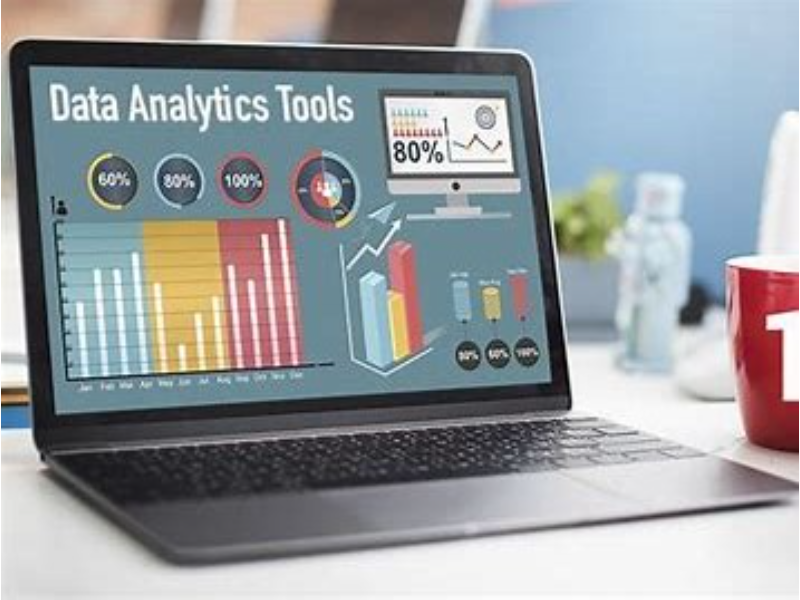- Big data analytics tools are continuously evolving to meet the demands of a data-driven world.
- Hadoop anchors data storage, Spark accelerates analytics, NoSQL manages unstructured data, and Tableau/Power BI visualise insights. These tools are crucial for leveraging big data’s benefits.
Nowadays, the ability to extract value from vast troves of information has become essential for businesses seeking competitive advantage. Big data analytics tools are the keys to unlocking this value, enabling organisations to make sense of complex data landscapes. From powerful distributed computing frameworks to sophisticated data visualisation platforms, let’s explore the essential tools in a big data analyst’s toolkit.
Hadoop: The foundation of distributed computing
At the heart of many big data strategies lies Apache Hadoop, an open-source framework that has revolutionised how large-scale data is processed. Hadoop’s distributed file system (HDFS) allows for the storage of massive datasets across multiple nodes, providing fault tolerance and scalability. Paired with MapReduce, a programming model for parallel data processing, Hadoop enables analysts to perform complex computations across petabytes of data with relative ease. For tasks requiring iterative processing, Apache Spark has emerged as a preferred alternative, offering faster in-memory computation and a more user-friendly API for data processing.
Also read: Cases of big data in daily life
Apache spark: Speed and flexibility
While Hadoop excels in batch processing, Apache Spark brings agility and speed to big data analytics. Spark’s architecture is designed to handle real-time data processing, making it ideal for applications that require rapid analysis, such as fraud detection and customer behaviour monitoring. Its compatibility with a wide range of data sources and its support for various programming languages, including Python, Java, and Scala, make it accessible to a broad community of developers. Additionally, Spark’s ecosystem includes libraries for machine learning (MLlib), graph processing (GraphX), and SQL queries (Spark SQL), providing a comprehensive suite for data analysis.
Also read: Differences and applications of data science and big data
NoSQL databases: Handling unstructured and semi-structured data
Traditional relational databases struggle to cope with the scale and complexity of big data, particularly when it comes to unstructured and semi-structured data types. NoSQL databases, such as MongoDB, Cassandra, and HBase, offer scalable solutions for managing these types of data. These databases are designed to handle high volume, high velocity, and high variety data, commonly referred to as the three Vs of big data. They provide flexible schema management, allowing for the storage of data in formats that would be cumbersome in traditional SQL databases. NoSQL databases are often integrated with Hadoop and Spark ecosystems to create end-to-end big data solutions.
Data visualisation platforms: Making sense of big data
Finally, no discussion of big data analytics tools would be complete without mentioning data visualisation platforms. Tools like Tableau, Qlik, and Power BI enable analysts to transform complex data into intuitive and interactive visual representations. These platforms provide drag-and-drop interfaces for creating charts, maps, and dashboards, allowing users to quickly identify trends and outliers. Advanced features, such as predictive analytics and data blending, further enhance the capabilities of these platforms, making them indispensable for communicating insights to stakeholders across the organisation.

